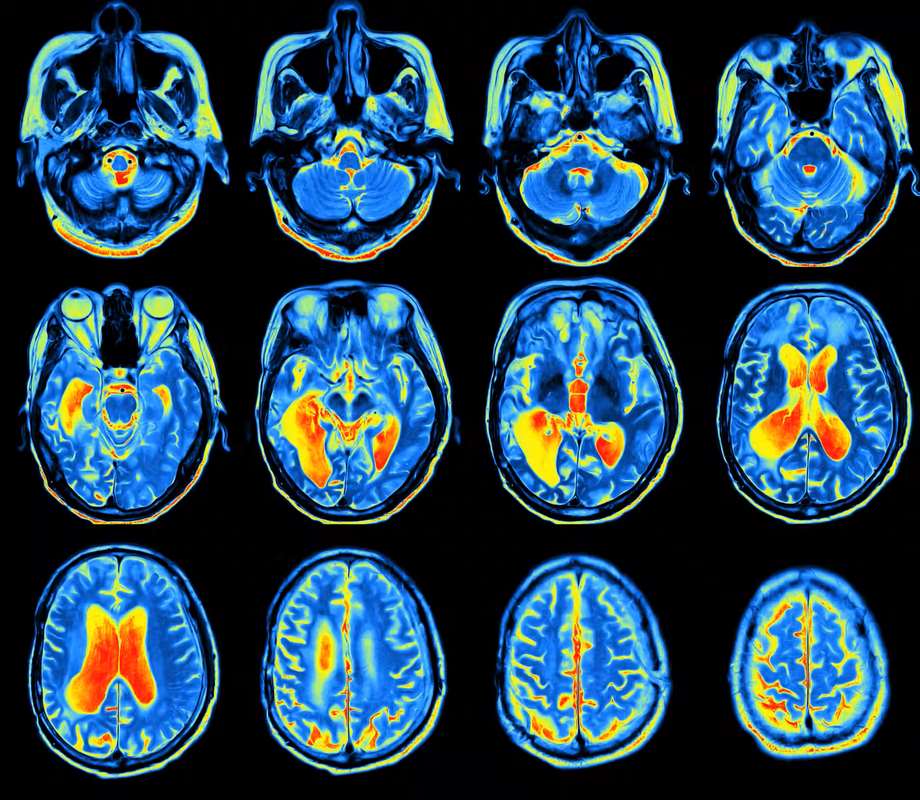
Compared to those who sailed away to fight in World War II, and to those who awaited their return, the average brain size in a human today has grown 6.6%, according to a new study.
In addition to being 6.6% denser, the surface area of a modern brain is around 15% larger as well.
These findings suggest that humans today may be able to better stave off neurodegenerative diseases like dementia, which primarily manifest in a shrinking brain.
The finding comes from a team at UC Davis that analyzed 75 years’ worth of brain changes between generations.
“Larger brain structures like those observed in our study may reflect improved brain development and improved brain health,” said Dr. Charles DeCarli, director of the UC Davis Alzheimer’s Disease Research Center.
“A larger brain structure represents a larger brain reserve and may buffer the late-life effects of age-related brain diseases like Alzheimer’s and related dementias.”
The study, published in the journal JAMA Neurology used brain magnetic resonance imaging (MRIs) from participants in the Framingham Heart Study that were taken in 1999 and 2019.
The Framingham Heart Study was launched in 1948 in Massachusetts to analyze patterns of cardiovascular and other diseases. The original cohort consisted of 5,209 men and women ages 30 to 62.
The research has continued over the years and now includes second and third generations of participants born during the 1930s through to the 1970s.
“The decade someone is born appears to impact brain size and potentially long-term brain health,” Dr. DeCarli, added.
DeCarli said that life and lifestyle choices such as those related to health, social activity, cultural behavior, and educational attainment—may all play a role in determining brain size.
YOU MAY ALSO LIKE: Smartphones ‘Can Boost Memory Skills’ by Freeing Up Our Brains to Remember Other Things
The brain study consisted of 3,226 participants, with 53% female and an average age of about 57 at the time of the MRI. Researchers found gradual but consistent increases in several brain structures.
For participants born in the 1930s, the average brain volume was 1,234 milliliters, compared to those born in the 1970s, who possessed 1,321 milliliters, or about 6.6% greater volume.
But the cortical surface area, a measure of the brain’s surface, showed an even greater increase over time.
HOW THE BRAIN CHANGES: A Scientific Observation of Love and Loss on the Cellular Level
Those born in the 1970s had an average surface area of 2,104 square centimeters compared to 2,056 square centimeters for participants born in the 1930s, almost a 15% cent increase in area.
Although the numbers are rising with America’s aging population, the incidence of Alzheimer’s—the percentage of the population affected by the disease—is decreasing. A previous study found a 20% reduction in the incidence of dementia per decade since the 1970s. Improved brain health and size may be one reason why.
SHARE This News With Anyone You Know Worried About Dementia…



















